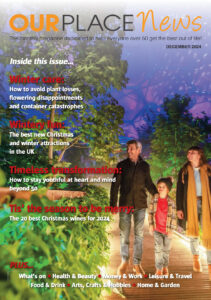‘Bald’s eyesalve’, containing onion, garlic, wine, and bile salts, was shown to have promising antibacterial activity.

Inews reports that a medieval medicine remedy could provide new treatment for modern day infections, researchers studying ‘ancientbiotics’ have suggested.
Scientists at the University of Warwick reconstructed a 1,000-year-old medieval remedy known as ‘Bald’s eyesalve’, containing onion, garlic, wine, and bile salts, and showed it to have promising antibacterial activity. The mixture also appeared to cause low levels of damage to human cells.
The use of garlic, which contains allicin, could explain the mixture’s activity against single-cell bacterial cultures, however, garlic alone has no activity against multicellular bacteria, known as biofilms, and therefore the anti-biofilm activity of Bald’s eyesalve cannot be attributed to a single ingredient and requires the combination of all ingredients to be effective.
Dr Freya Harrison from the University of Warwick’s School of Life Sciences said: “Most antibiotics that we use today are derived from natural compounds, but our work highlights the need to explore not only single compounds but mixtures of natural products for treating biofilm infections.
In this first instance, we think this combination could suggest new treatments for infected wounds, such as diabetic foot and leg ulcers.”
‘Medicine through the ages’
The Ancientbiotics research team was established in 2015 and is an interdisciplinary group of researchers including microbiologists,
chemists, pharmacists, data analysts and medievalists at Warwick, Nottingham and in the United States.
In previous research, Dr Christina Lee, from the School of English at the University of Nottingham, had examined the Bald’s Leechbook, an Old English leather-bound volume in the British Library, to see if it really works as an antibacterial remedy.
The Leechbook is widely thought of as one of the earliest known medical textbooks and contains Anglo-Saxon medical advice and recipes for medicines, salves and treatments.
Dr Lee said: “Bald’s eyesalve underlines the significance of medical treatment throughout the ages. It shows that people in Early Medieval England had at least some effective remedies.
The collaboration which has informed this project shows the importance of the arts in interdisciplinary research.”
(Story source: Inews)

